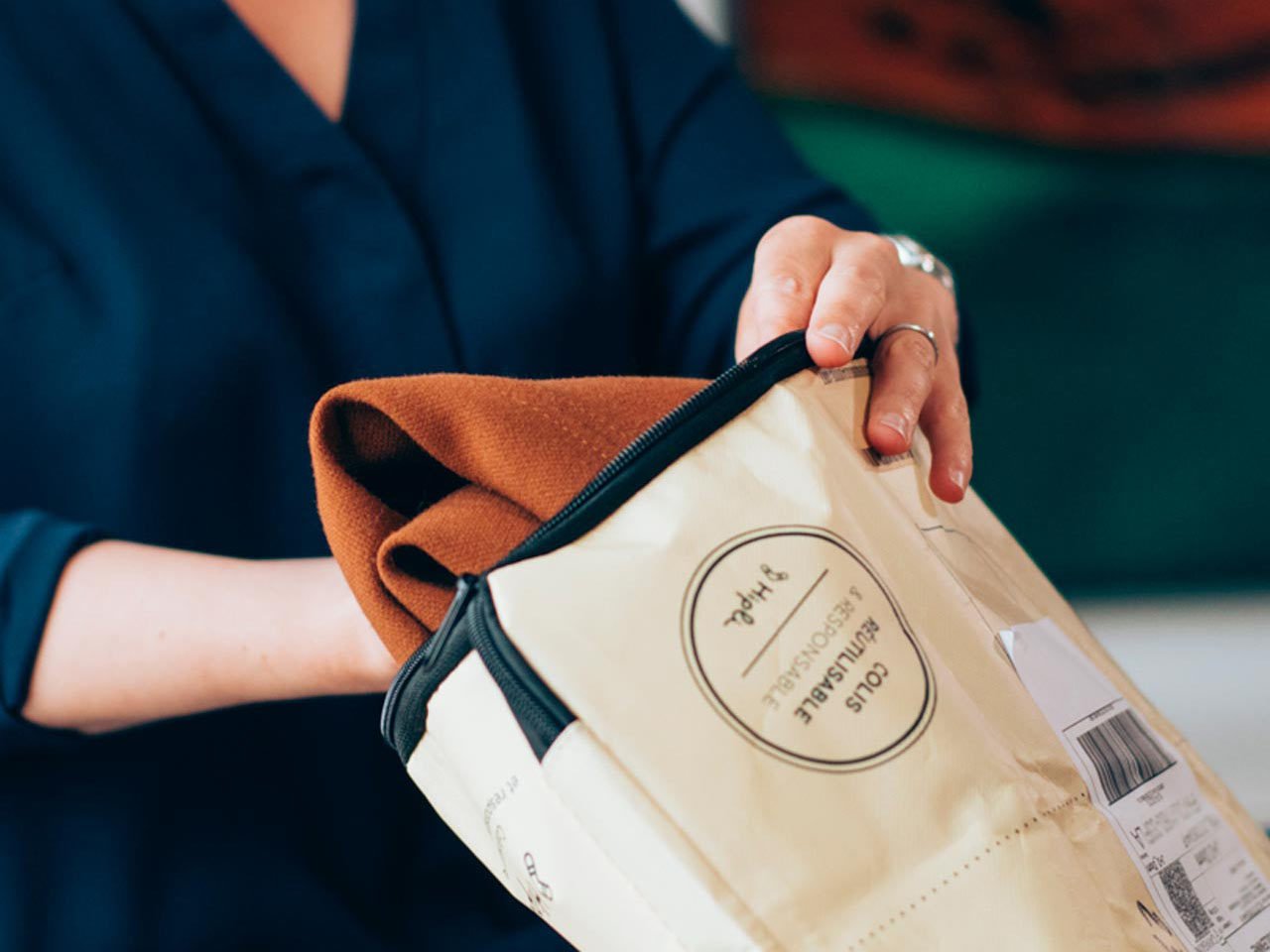Hipli
Re-designing the way we interact with the transportation of goods.
How is it an example of reverse logistics?
Hipli, the reusable packaging for parcels and goods, is a great example of a product used within a circular economy business model. With the majority of packaging globally being used once or twice at most, it was key for Hipli to disturb the system. Packaging is an essential part of every transported product and is typically on a linear trajectory to landfill, or down-cycled to recycled, poorer quality material.
“Our packaging is conceived to travel back and forth a hundred times.” The impact of this one part of the product's journey accumulated has a huge effect on the business’s overall impact to the environment, alongside business benefits of cutting down costs on new packaging.
What are the positive sustainable impacts of Hipli packaging?
The outer packaging is recaptured through a simple post back solution, of course this will not happen for every Hipli product posted. but However with a return rate of 89%, Hipli are ensuring for the many, a more environmentally friendly alternative to standard cardbpard packaging. From the second use of Hipli packaging it is less impactful than that of a cardboard box, with an overall -83% carbon footprint compared to cardboard, and if it is reused 100 times, it travels 144 500 km in its lifetime, compared to the typical one time, one travel of cardboard.


